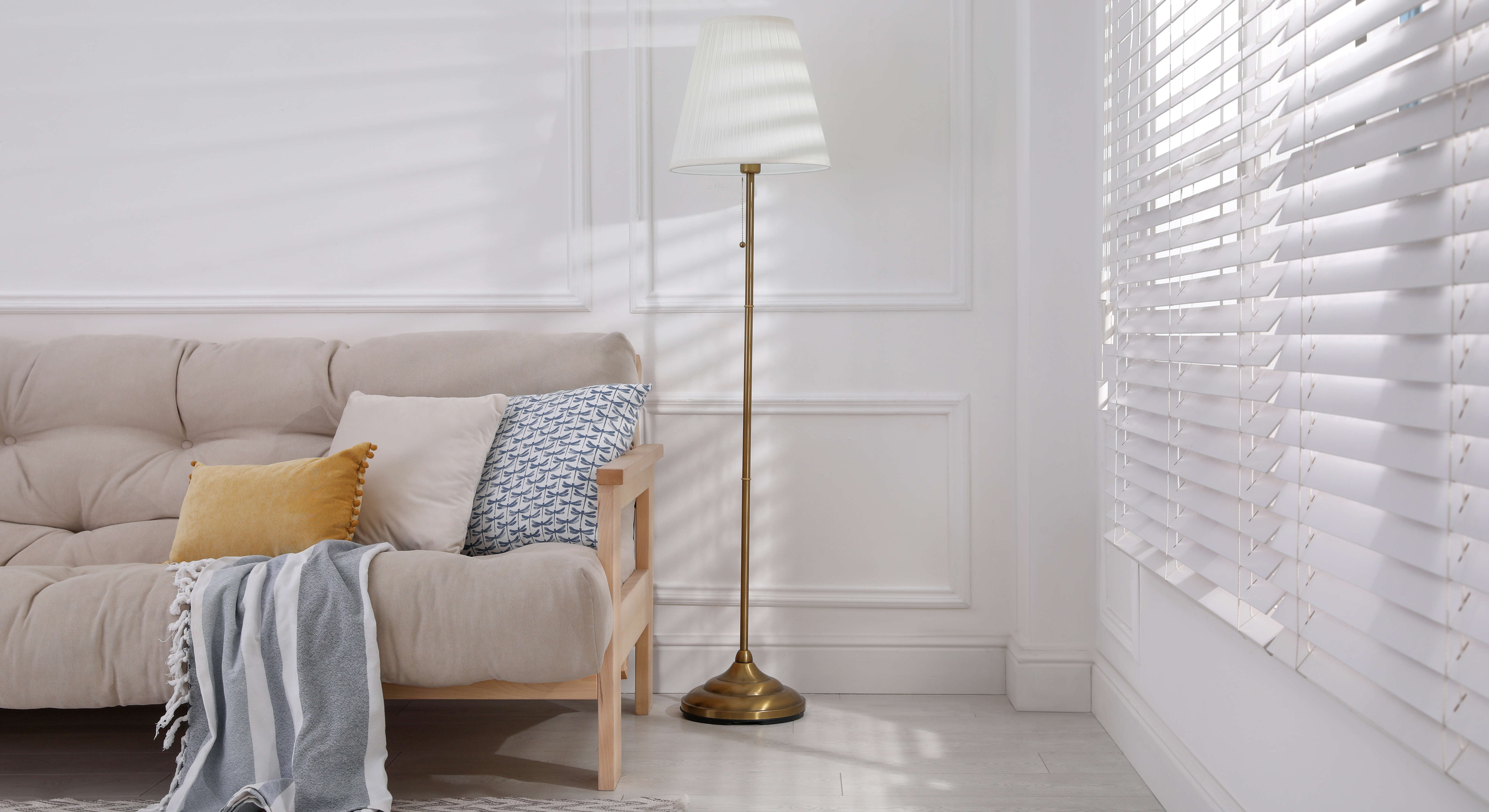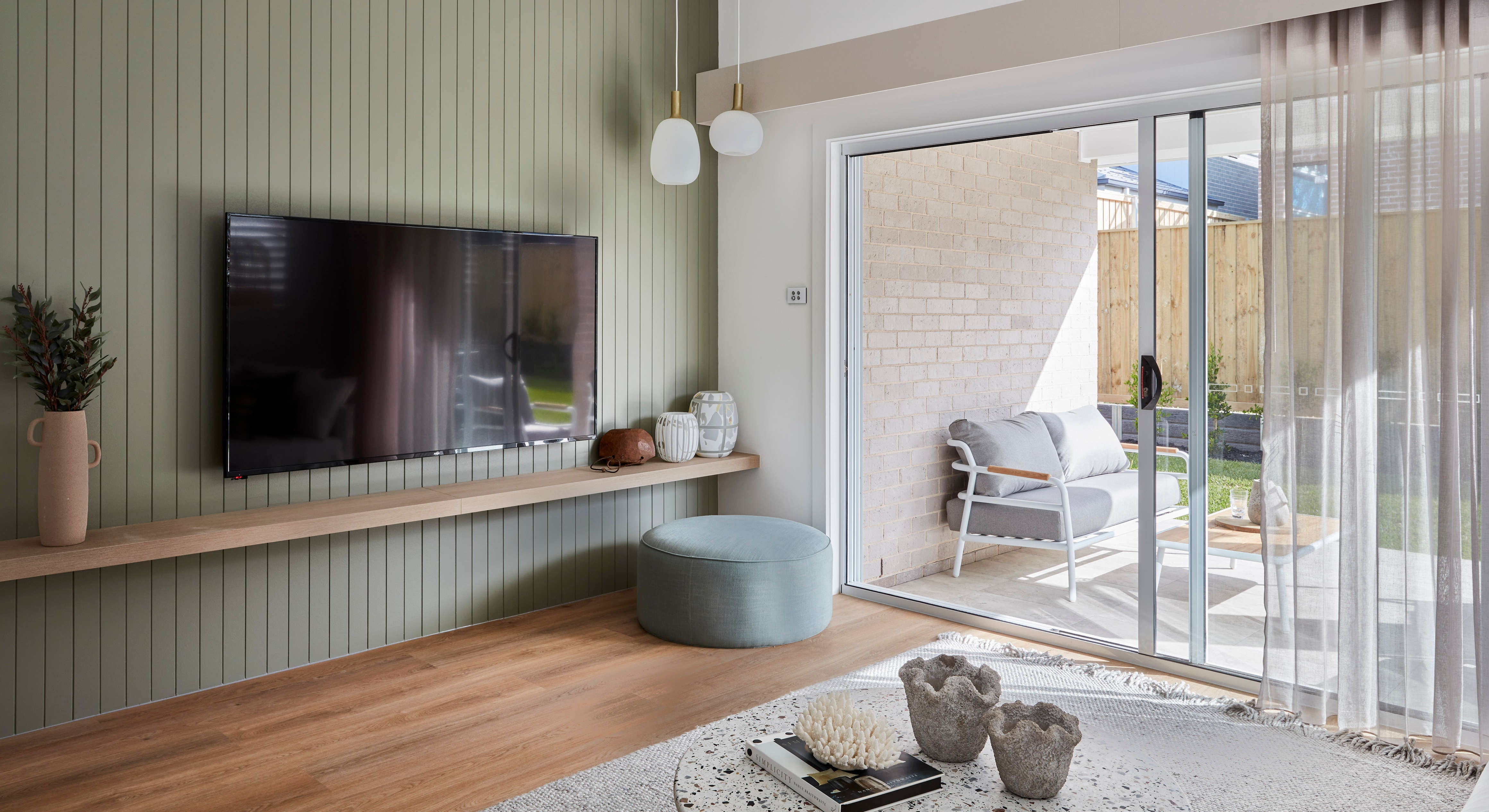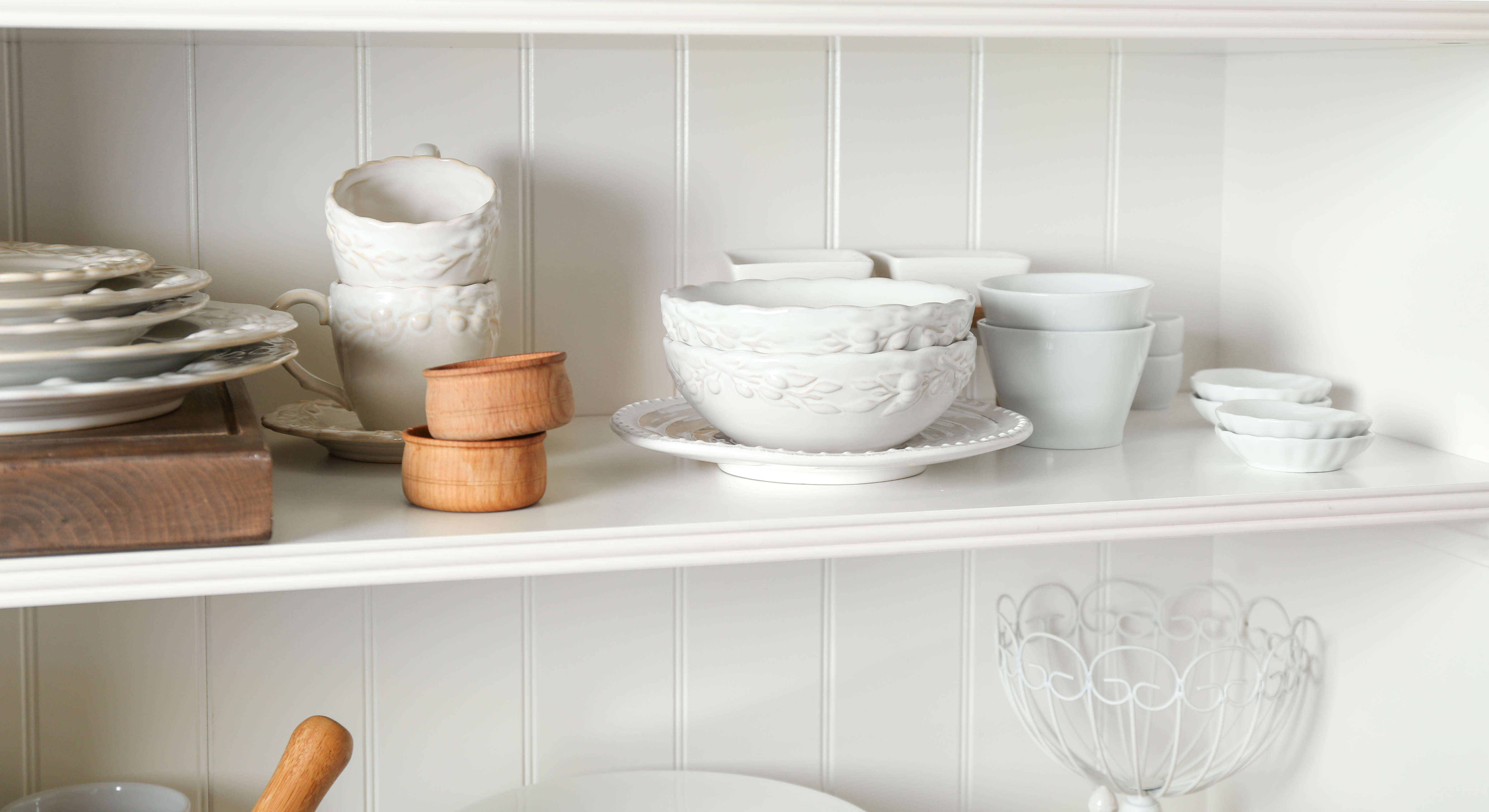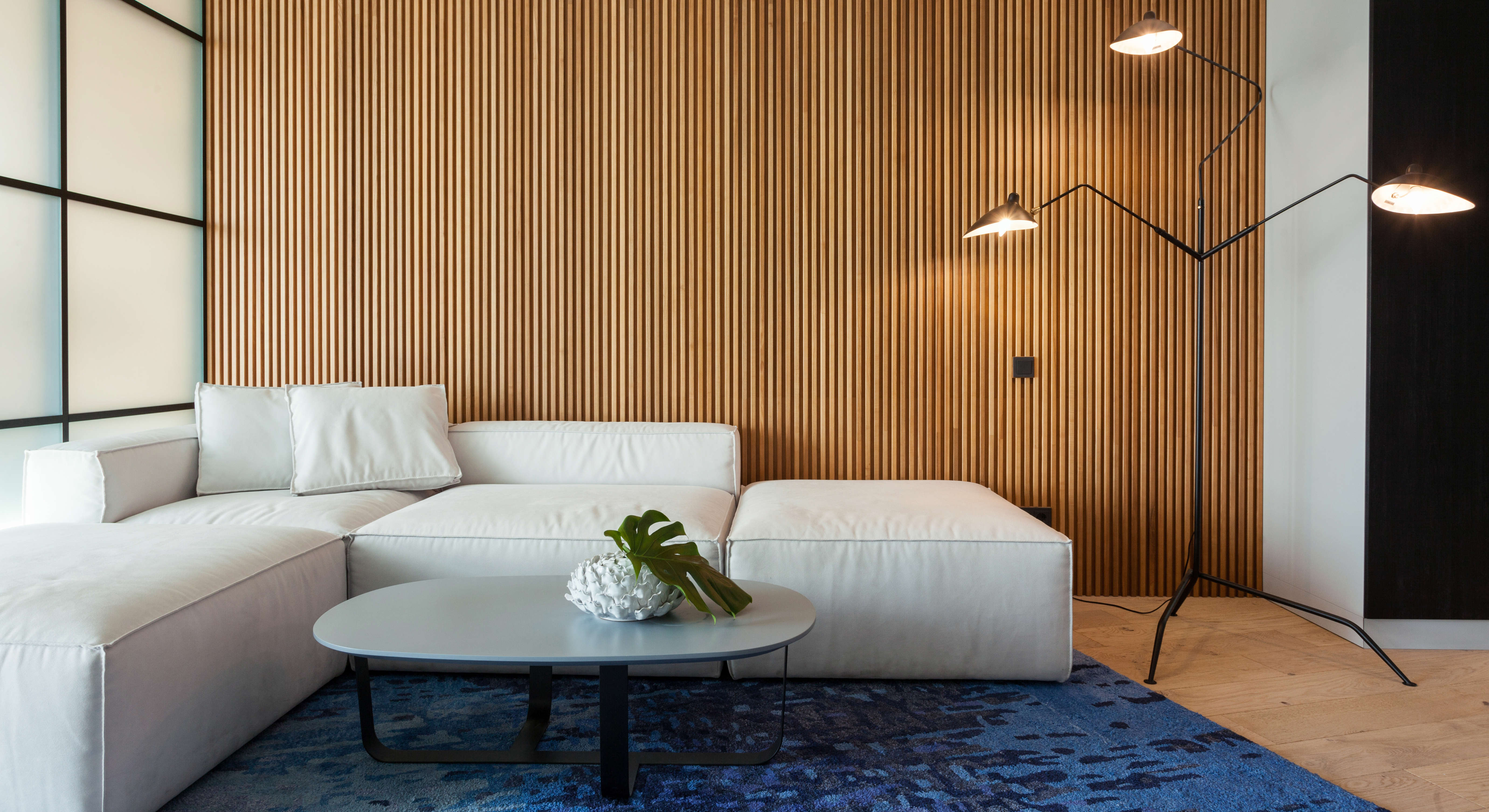7 reasons why you should use wall paneling in your home — and it’s not just about aesthetics

The beauty of wall panelling is that it suits any style of house. Where it was once used solely in period properties, today, it is used in old and new homes and can create a range of aesthetic looks. Whether you're aiming for a traditional or contemporary theme or something in between, its versatility makes it a popular choice for today’s DIY homeowners and professional interior designers alike.
There’s a plethora of wall paneling ideas that can smarten up your interior and transform a drab room into something fab. And its popularity continues to be an ongoing trend, as apart from adding texture, interest and impact to an interior, it has many other benefits.
Here we look at the advantages of decorating with wall paneling, aside from the obvious aesthetic qualities it offers.
1. Added insulation
Wall paneling is constructed using wood or MDF. Wood is a natural insulator that keeps your home warm and snug in winter and cool and comfortable in summer. MDF also acts as an insulator. Adding an extra insulation layer to your property will help regulate temperature and control your energy costs without turning up the thermostat.
Suppose you want to benefit from the extra insulation that wall paneling can provide, but you don’t want to panel an entire room. In that case, you’ll gain maximum value by paneling an outside wall rather than an interior one, where heat loss is unlikely to be as high.

2. Noise reduction
Insulation does more than keep the heat in and the cold out; it has acoustic qualities, too. If sound bounces off the walls in a kids’ playroom, music room, or home entertainment space, it can help absorb the fracas.
And if your house or apartment is connected to your neighbors and your dividing walls are thin, wall paneling can be added to reduce the noise from next door while giving you your own privacy.
Get instant access to breaking news, the hottest reviews, great deals and helpful tips.
3. Wall panelling is durable

Wood is used throughout our homes and is valued for its durability. Flooring, furniture, kitchen cabinets — it stands the test of time. If installed correctly and cared for, wall paneling will last for years.
In busy rooms with heavy footfall, such as hallways and playrooms, it will withstand far more than wallpapered walls, which will easily get scuffed and ripped. And, once they’re up, they are there to stay and you can enjoy them for years.
4. Easy to clean and fix up
Depending on the type of paint you use for your interior project, cleaning painted wall paneling is far easier than wiping down wallpaper or painted walls.
This is because painted wood is protected with several layers, with a primer, undercoat and top coat, adding durability. Plus, if you choose a top coat with a finish that ‘s easy to wipe down, such as eggshell, satin, semi-gloss or high-gloss, it will be easier to keep looking smart for longer.
5. Hiding defects

Wall paneling can cover up a flaw or two in your walls. Although we’d never recommend camouflaging structural damage to a wall, it can be used to disguise a mishap or two. You may have got a bit carried away with drilling holes in the wall for shelving, or your walls aren’t as smooth as you’d like. If that's the case, you may prefer the decorative effect of wall paneling, rather than calling in a plasterer.
It can also be used as hideaway storage. Keeping TVs behind closed panels when not in use or unsightly pipework hidden from everyday sight.
6. You can do-it-yourself
If you’re handy around the house, installing wood paneling can be taken on as a DIY project. And unlike other wall features, you won’t have to worry about matching a wallpaper pattern, or aligning and grouting tiles.
Wall paneling comes in many styles, from batten and board to Wainscoting, shiplap ( also known as tongue and groove), and wood slat. However, the simplest type of wall paneling to fix is shiplap, as the pieces slot together. But, if you're not confident to do the job yourself — you may have wall sockets and pipes to work around — call in a professional joiner.
7. It adds architectural interest

I couldn’t end without adding the aesthetic qualities that wall paneling brings to a home. Wall paneling adds depth and visual impact to a plain wall, whether it's fixed from floor to ceiling as a statement wall or halfway up in a hallway or behind a headboard. It’s flexibility allows it to be used in so many ways, adding character to modern and traditional homes.
With a wide range of panel types in different widths and materials, from MDF or exotic woods, you can achieve whatever look you desire. Enjoy the color of natural wood or go bold or subtle with paint. Whatever you decide, you’ll be refreshing your home with your own unique style.
Wall paneling also features in our article on discovering 5 ways to update your bedroom without a complete revamp.
More from Tom's Guide
- Here's how to wallpaper a room like a pro
- 7 clever ways to decorate around a tv
- And 7 clever ways to decorate a blank wall in your home

Camilla is the Homes Staff Writer and covers everything to do with homes and gardens. She has a wealth of editorial experience, mounting over 30 years, and covers news and features, tests products for reviews and compiles buying guides.
Her work has appeared in business and consumer titles, including Ideal Home, Real Homes, House Beautiful, Homebuilding & Renovation, and Kitchen & Bathroom Business. She’s even appeared on the cover of Your Home, writing about her own house renovation.
Although she’s obsessed with decorating her home, she also enjoys baking and trying out the latest kitchen appliances. But when she’s not inside, you’ll find her pottering about in her yard, tending to her vegetable patch or taking in her prized hydrangeas.
